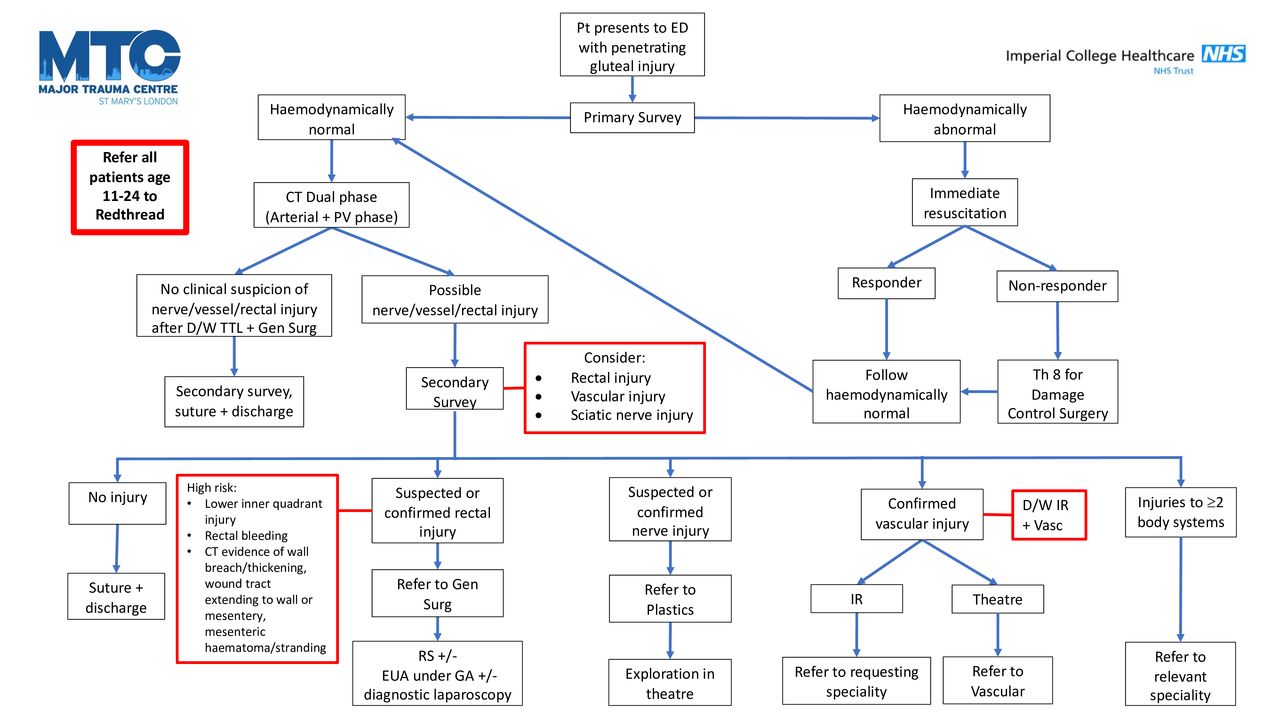jennybehrend64
About jennybehrend64
Court judgments in Britain play a crucial role in the administration of justice.
In the 19th century. The creation of new courts, such as the Court of Appeal in 1875, helped to streamline the legal process and ensure that cases could be reviewed at a higher level. If you adored this article and you would like to get even more details pertaining to Colorado legal marketing kindly see our site. The establishment of the Crown Court in 1971 marked another important development, as it brought greater specialization and efficiency to the handling of criminal cases.
In addition to the basic infrastructure, UK law courts are also equipped with a range of support facilities to enhance the efficiency of legal proceedings. For example, most courts now have digital filing systems, allowing legal documents to be submitted electronically, reducing the need for paper-based processes. This system speeds up the court process and helps ensure that the court’s resources are used more efficiently.
Although not fully separate, there has been growing support for a distinct Welsh legal jurisdiction. In 2019, the Commission on Justice in Wales—chaired by Lord Thomas of Cwmgiedd—recommended that Wales should eventually have full control over its justice system, including the creation of a Welsh legal jurisdiction and court structure.
In the late 20th and early 21st centuries, the UK legal system continued to evolve. The Human Rights Act 1998 incorporated the European Convention on Human Rights into UK law, providing greater protection for individual rights. The rise of the internet and digital technology also impacted the legal system, with courts increasingly adopting electronic case management systems and holding hearings via video conferencing.
UK judicial bodies operate within a hierarchical structure, meaning decisions from higher courts are binding on inferior courts. This principle is known as stare decisis, which ensures consistency and predictability in the law. A court must follow precedent unless it can distinguish the current case from previous rulings or if a higher court has overruled an earlier decision.
Below the Supreme Court is the Court of Appeal, which is divided into two divisions: the Civil Division and the Criminal Division. The Court of Appeal hears appeals from the High Court, Crown Court, and certain tribunals. Its judgments often define complex points of law and are followed by lower courts.
Apart from pro bono services, some individuals may also receive legal advice through organizations that specialize in particular areas of law. For example, housing organizations, domestic abuse shelters, and consumer advocacy groups often have legal teams that provide free legal advice to their clients. These organizations may also refer clients to solicitors who can represent them in court or assist them in navigating the legal system.
Decisions from UK courts are not just important domestically—they are also highly influential internationally. Because the UK’s common law system has been adopted in many other countries, particularly those in the Commonwealth, rulings from UK courts often serve as persuasive authority in legal systems around the world.
As time passed, the judicial system in England and later in the wider United Kingdom developed from informal practices to a structured and formalized system. This article will explore the origins of law courts in the UK, highlighting key milestones and the changes that shaped the legal landscape.
In criminal law, important decisions are frequently issued by the Crown Court and the Court of Appeal (Criminal Division). These decisions help to clarify the application of criminal statutes and legal principles, such as mens rea (criminal intent) and the rules of evidence.
Another essential facility in the UK court system is the County Court, which deals primarily with civil matters, including personal injury claims, breach of contract disputes, and family law cases. County courts are generally smaller than Crown Courts but still provide appropriate facilities to ensure that civil matters are resolved fairly. These courts are equipped with private consultation rooms for parties to discuss the case with their lawyers, waiting areas for the public, and facilities for filing legal documents.
They define legal principles, resolve disputes, and shape the development of the law. The UK’s legal system is founded upon a mixture of common law and legislation, and court decisions are instrumental in explaining how the law should be applied in specific cases.
One famous example is the case of Donoghue v Stevenson (1932), where the House of Lords (the highest court at the time) laid the foundation for modern negligence law by establishing the principle that individuals owe a duty of care to those who might be affected by their actions. This case is still cited today and exemplifies how judicial decisions can have a long-lasting impact.
 Understanding the court system is also important. Many people are unaware of how courts operate or what their rights are when involved in legal proceedings. Campaigns by legal charities and educational bodies aim to demystify the legal system and make it more approachable for the public.
Understanding the court system is also important. Many people are unaware of how courts operate or what their rights are when involved in legal proceedings. Campaigns by legal charities and educational bodies aim to demystify the legal system and make it more approachable for the public.
No listing found.
